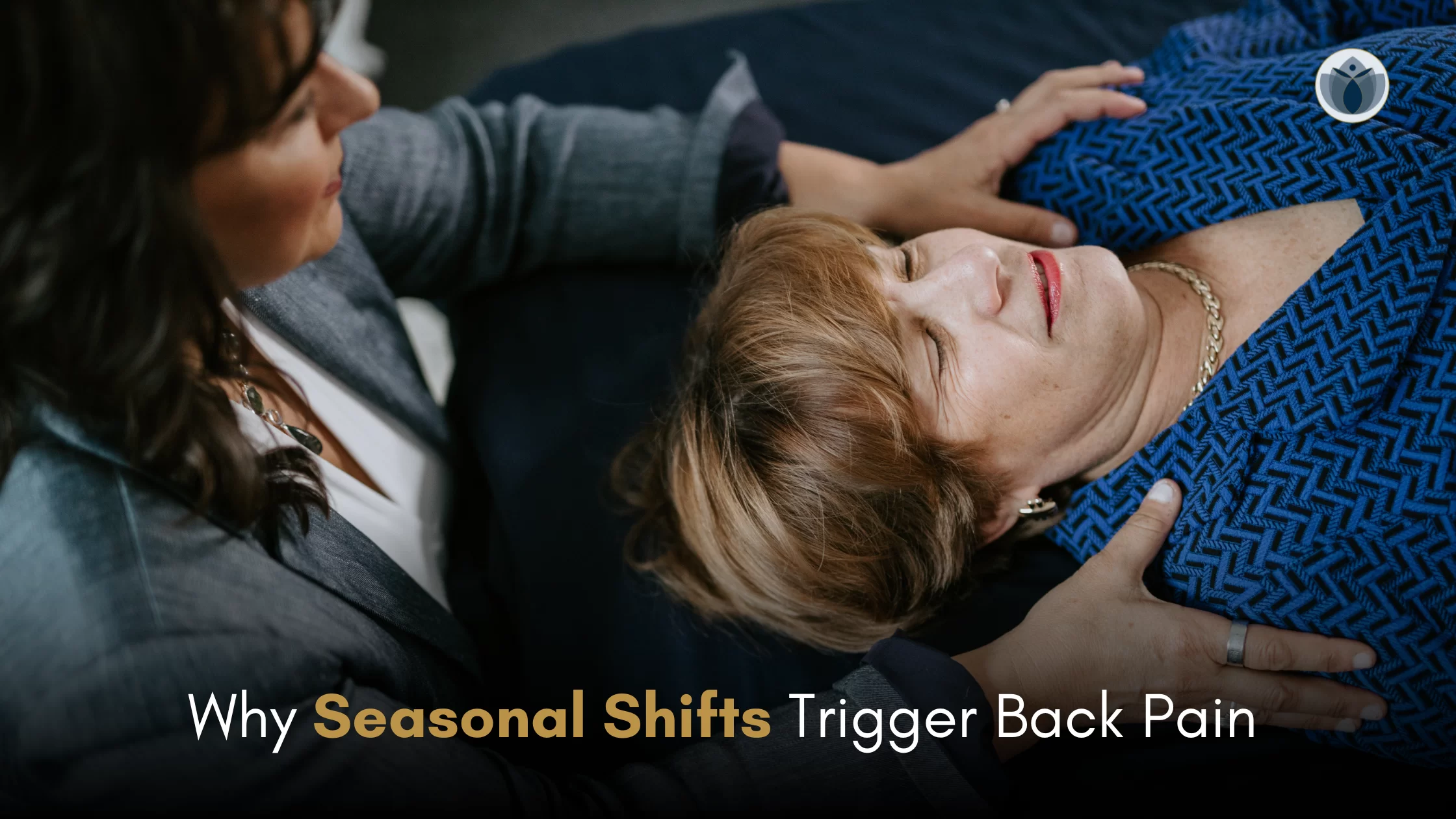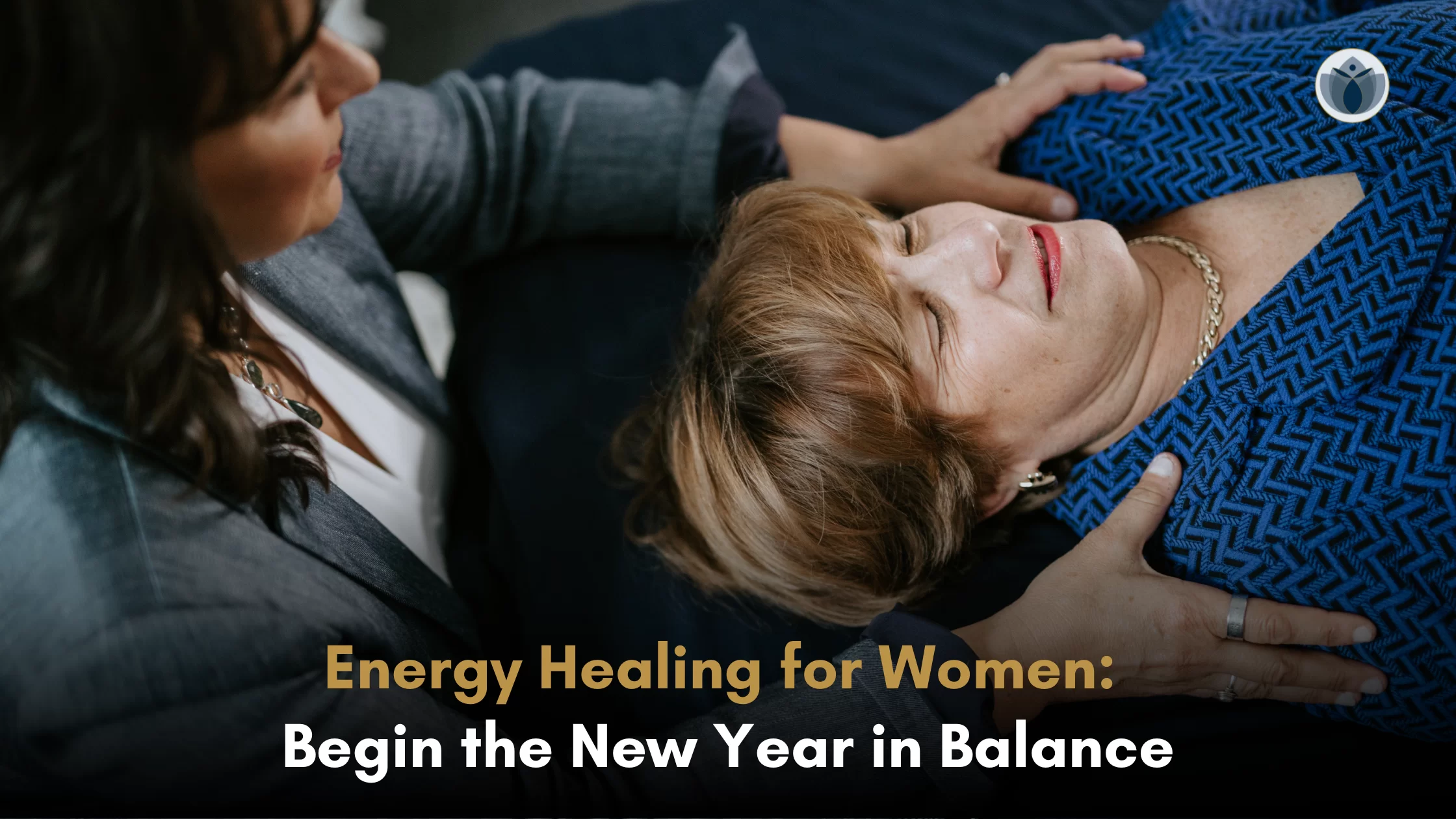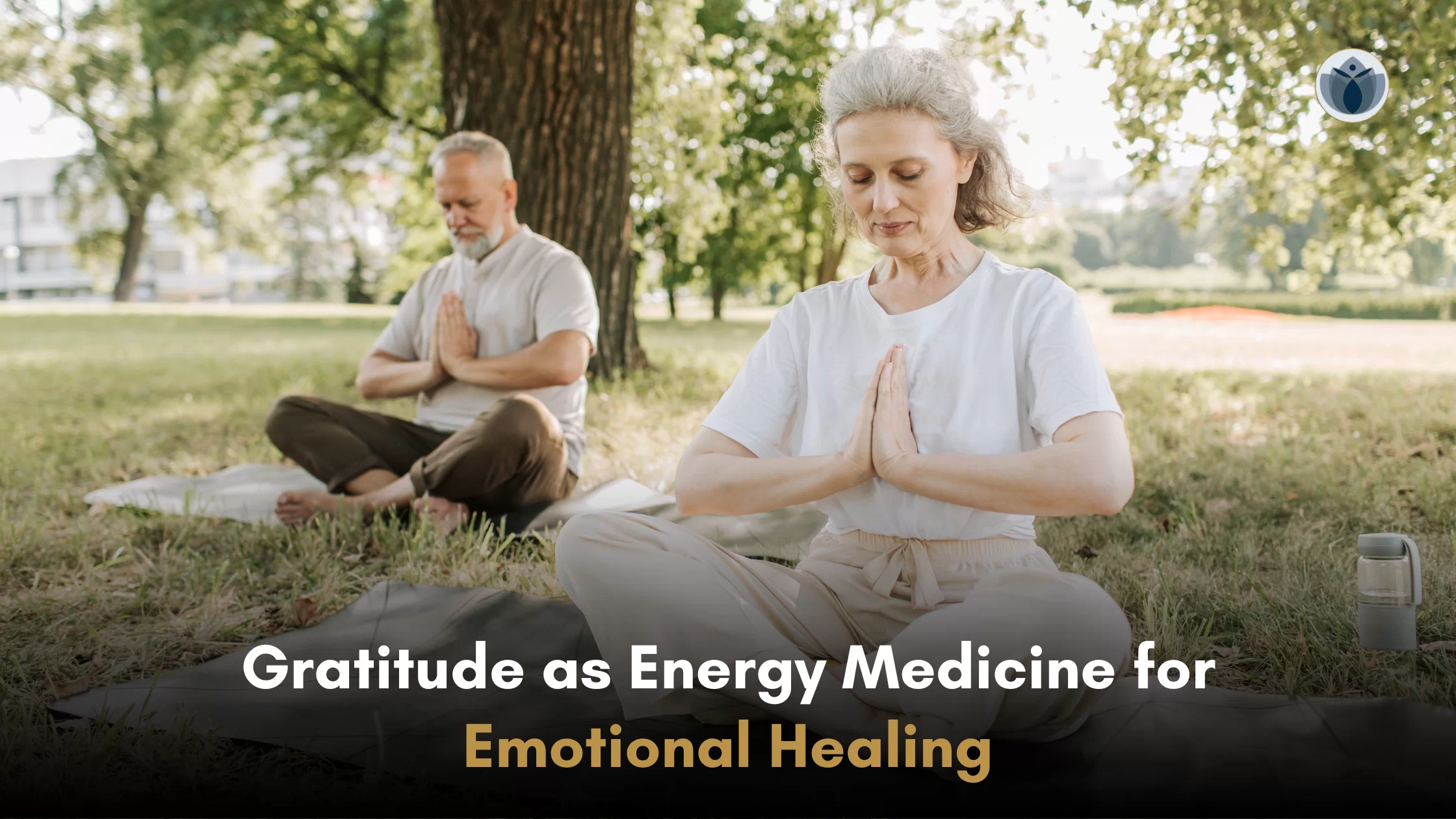Nearly 60% of people with chronic back pain say their symptoms get worse when the seasons change. That means if you’ve been scrolling through your phone at 2 a.m., searching “why does my back hurt more when it gets cold,” you’re in the same boat as millions of others.
Maybe it happens like this: you wake up one October morning, swing your legs out of bed, and there it is, that stiffness in your lower back that wasn’t there last week. Or you’re folding laundry on a rainy spring afternoon when that deep ache starts creeping in, the kind that makes you want to lie flat on the floor with a heating pad.
You start wondering if you slept wrong, if you lifted something the wrong way, if you’re just getting older. But then you notice the pattern. It happens when summer shifts to fall. When winter finally breaks into spring. When the air pressure drops before a storm rolls in.
As a low back pain specialist working with women who experience chronic low back pain, I see this pattern every single year. These are signs that seasonal changes are impacting your emotional energy and there’s a profound connection between the shifting seasons and the pain that seems to settle into your spine.
The truth is, your body isn’t betraying you. It’s responding quite intelligently to the world around it. Understanding these back pain triggers is the first step toward finding lasting, holistic pain relief.
How Seasonal Shifts Become Seasonal Pain
Your body is designed to adapt, but rapid changes in weather can challenge even the most resilient systems. Here’s what’s likely happening:
- Muscle Tensing Against the Cold: When the temperature drops, the body instinctively works to keep its core warm. One way it does this is by tightening muscles, especially the large ones surrounding your spine. This constant, low-level tension can lead to stiffness, reduced flexibility, and increased pressure on the joints, becoming a direct source of seasonal back pain.
- Barometric Pressure and Inflammation: When air pressure drops before a storm or during weather changes, your body tissues swell slightly. If you’ve got sore joints or inflamed areas, that swelling puts pressure on your nerves and makes the pain worse.
- The “Hibernation” Effect: As days get shorter, we naturally become less active. We go for fewer walks, spend less time gardening, and curl up indoors. This sudden decrease in movement is a major culprit. Muscles that support the spine weaken and tighten, making them more vulnerable to strain from even simple movements.
This Isn’t Just About Your Spine; It’s About Your System
Many people try to address this with a quick stretch or a pain reliever, but that often misses the root cause. A truly effective approach to holistic back pain relief looks at the whole picture. The pain is a signal that your body’s ability to adapt is overwhelmed.
This is where holistic pain relief differs. Your nervous system controls how tight your muscles get, how much swelling you have, and how much pain you feel. The goal is to help it calm down and adjust when the weather changes.
Gentle Back Care Practices for the Changing Seasons
You don’t have to resign yourself to a season of discomfort. Proactive back care can make a profound difference. Here are a few natural back pain remedies to integrate:
- Warmth is Your Best Friend: Before you even feel the ache, use a heating pad on your lower back for 15-20 minutes while you read or watch TV. This preemptively relaxes the muscles and increases blood flow.
- Keep Moving, Especially Indoors: Fight the urge to become sedentary. Set a timer to get up and walk around your home every hour. Simple movement is vital for spine health.
- Hydrate for Spinal Cushioning: The discs in your spine are mostly water. Dehydration, which can happen just as easily in cooler weather, makes them less effective shock absorbers, leading to pain.
- Listen to the First Whisper: The most important practice is to pay attention to the first small signal of stiffness or discomfort. That’s your body’s early warning system. Honor it with gentle movement and warmth before it becomes a full-blown flare-up.
Your Body Is Asking for a More Supportive Routine
That seasonal ache is a message. It’s your body’s way of saying that its current resources aren’t quite enough to handle the environmental shift without complaining.
Chasing the pain with temporary fixes is exhausting. The goal of working with a low back pain specialist who focuses on holistic back pain relief is to build a body that is more resilient, adaptable, and less reactive to these inevitable changes.
If you’re tired of your back pain being your personal weather forecast, it might be time for a different approach. Jacqueline Kane’s specialized sessions focus on identifying your unique back pain triggers and creating a personalized plan for lasting relief.
Ready to build a spine that’s resilient in every season? Sign up for Jacqueline’s Happy Low Back sessions Today!







